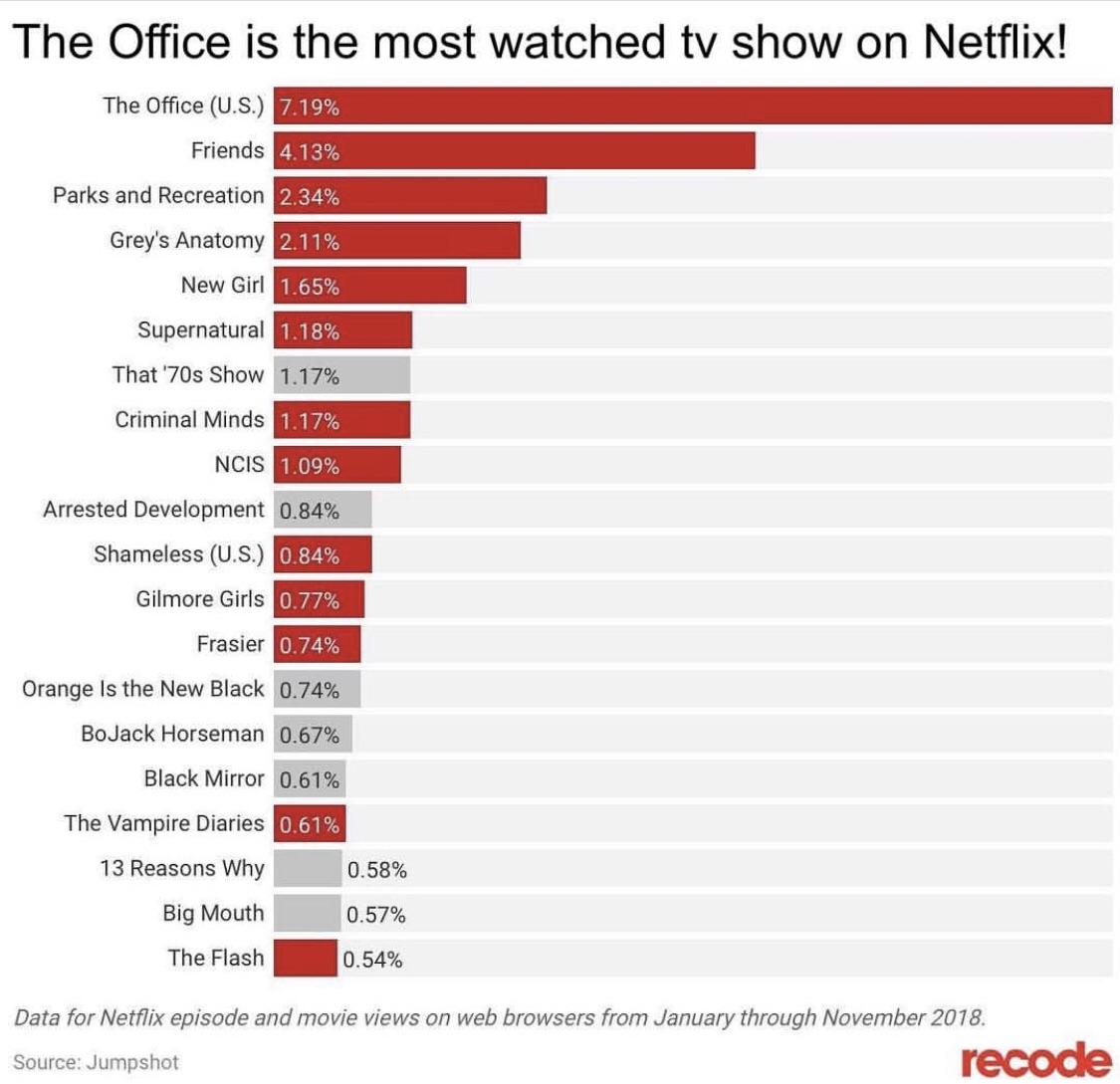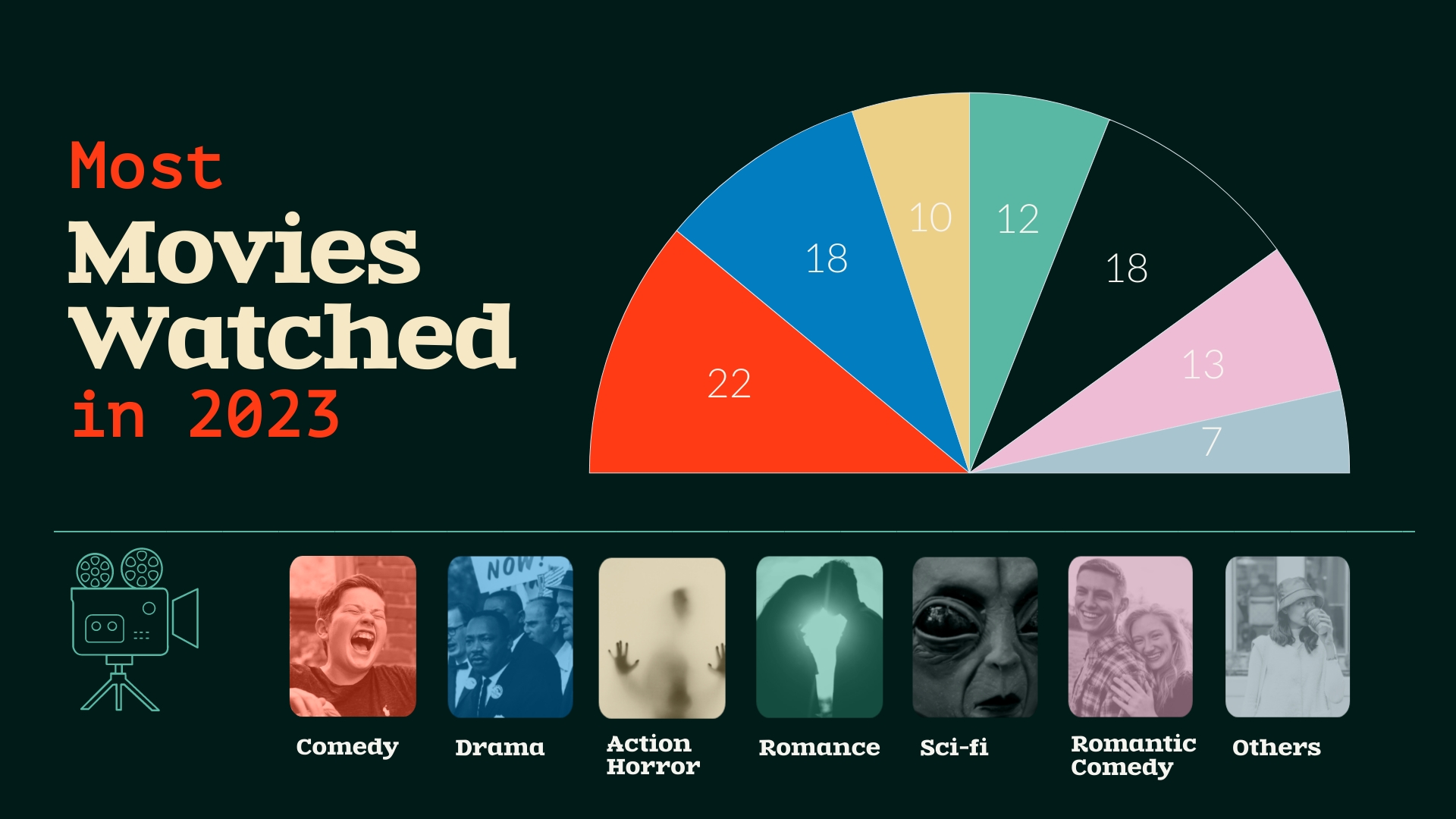Introduction
Welcome to our exploration of the most watched film of all time! In the vast and ever-evolving landscape of cinema, certain films rise above the rest, capturing the hearts and minds of audiences across generations. Join us as we delve into the fascinating world of film history, popularity factors, and the impact of streaming platforms on viewership trends. Let's uncover the ultimate answer to the age-old question: What is the most watched film of all time?
History of Film Industry

The history of the film industry is a captivating journey that spans over a century, marked by significant milestones, technological advancements, and cultural shifts. Let's embark on a brief exploration of its evolution:
- Birth of Cinema: The roots of cinema can be traced back to the late 19th century when pioneers like Thomas Edison and the Lumière brothers showcased the first motion pictures to amazed audiences. These early films were brief snippets capturing everyday scenes, often devoid of narrative structure.
- Silent Era: The early 20th century witnessed the rise of silent films, characterized by dramatic gestures, expressive visuals, and live musical accompaniment. Icons such as Charlie Chaplin and Buster Keaton emerged during this period, captivating audiences with their comedic genius and physical performances.
- Golden Age of Hollywood: The 1920s to the 1950s are often regarded as the Golden Age of Hollywood, marked by the establishment of major studios, the advent of sound in cinema (with the release of "The Jazz Singer" in 1927), and the rise of glamorous stars like Marilyn Monroe and Humphrey Bogart. This era produced timeless classics that continue to resonate with audiences worldwide.
- Technological Innovations: The latter half of the 20th century saw rapid advancements in film technology, including the transition from black and white to color cinematography, the introduction of widescreen formats like CinemaScope, and the emergence of computer-generated imagery (CGI) in films like "Star Wars" (1977).
- New Wave Movements: The latter part of the 20th century also witnessed the emergence of new wave movements in cinema, such as the French New Wave and the American New Hollywood movement. Filmmakers like Jean-Luc Godard and Martin Scorsese challenged traditional storytelling conventions, pushing the boundaries of cinematic expression.
Throughout its rich history, the film industry has continuously evolved, reflecting and shaping cultural trends, societal values, and technological innovations. From the silent era to the digital age, film has remained a powerful medium for storytelling, entertainment, and artistic expression.
Factors Influencing Film Popularity

Several factors contribute to the popularity of a film, shaping its reception among audiences and critics alike. Let's delve into some of the key influencers:
- Storyline and Script: A compelling storyline and well-crafted script form the backbone of any successful film. Audiences are drawn to narratives that engage their emotions, stimulate their imagination, and offer thought-provoking themes.
- Cast and Performances: The talent and charisma of actors play a crucial role in attracting audiences to a film. A star-studded cast or standout performances can generate buzz and anticipation, driving ticket sales and viewership.
- Direction and Cinematography: The vision and skill of the director, coupled with stunning cinematography, can elevate a film from ordinary to extraordinary. Creative use of camera angles, lighting, and visual effects can enhance the storytelling experience, immersing viewers in the world of the film.
- Genre and Audience Preferences: Different genres appeal to different audiences, reflecting diverse tastes and interests. Whether it's action-packed thrillers, heartwarming dramas, or laugh-out-loud comedies, filmmakers often tailor their work to cater to specific demographic groups.
- Marketing and Promotion: Effective marketing and promotion are essential for generating awareness and excitement around a film. Strategic advertising campaigns, teaser trailers, and social media buzz can build anticipation and drive audience turnout on opening day.
- Critical Acclaim and Awards: Positive reviews from critics and accolades from prestigious awards ceremonies can boost a film's reputation and credibility. Winning awards such as the Oscars, Golden Globes, or Cannes Film Festival can attract attention and elevate a film's status in the eyes of the public.
Additionally, external factors such as cultural relevance, current events, and word of mouth can also influence a film's popularity and longevity in the collective consciousness. Ultimately, the perfect blend of storytelling prowess, artistic vision, and audience engagement is the recipe for cinematic success.
Analysis of Most Watched Films
Exploring the most watched films of all time provides valuable insights into audience preferences, cultural trends, and the enduring appeal of certain cinematic classics. Let's delve into a detailed analysis:
- Box Office Revenue: One common metric used to gauge a film's popularity is its box office revenue. Blockbuster hits such as "Avatar," "Titanic," and "Avengers: Endgame" have shattered box office records, earning billions of dollars worldwide.
- Viewership Statistics: In the digital age, viewership statistics on streaming platforms offer valuable data on a film's popularity. Platforms like Netflix, Amazon Prime, and Disney+ provide insights into audience demographics, viewing habits, and the global reach of popular films.
- Longevity and Cultural Impact: Some films stand the test of time, maintaining their popularity and cultural relevance for decades. Classics like "Gone with the Wind," "The Wizard of Oz," and "Casablanca" continue to captivate new generations of viewers, cementing their status as timeless cinematic masterpieces.
- Critical Reception: Critical acclaim from film critics can also contribute to a film's popularity and enduring legacy. Movies that receive rave reviews for their storytelling, performances, and artistic merit often attract larger audiences and enjoy sustained success at the box office.
- Franchise and Sequels: Successful film franchises and sequels often build upon the success of their predecessors, leveraging established fan bases and brand recognition to attract audiences. Series like "Harry Potter," "Star Wars," and the Marvel Cinematic Universe have generated massive worldwide fandoms and record-breaking box office returns.
| Film Title | Box Office Revenue (in billions) | Viewership (estimated) | Critical Acclaim |
|---|
| Avatar | $2.79 | Over 4 billion | Oscar-winning visuals |
| Titanic | $2.19 | Over 3.5 billion | 11 Academy Awards |
| Avengers: Endgame | $2.80 | Over 2.7 billion | Highest-grossing film of all time |
From epic blockbusters to timeless classics, the most watched films of all time reflect the diverse tastes and preferences of audiences around the globe. Whether through box office success, critical acclaim, or cultural impact, these films have left an indelible mark on the world of cinema, shaping the way we view and experience storytelling on the silver screen.
Impact of Streaming Platforms
The rise of streaming platforms has revolutionized the way we consume entertainment, including films. Let's delve into the profound impact these platforms have had on the film industry:
- Accessibility and Convenience: Streaming platforms offer unparalleled accessibility and convenience, allowing viewers to stream their favorite films anytime, anywhere, and on any device with an internet connection. This convenience has democratized access to a diverse range of content, catering to individual preferences and tastes.
- Global Reach: Streaming platforms have a global reach, transcending geographical boundaries and reaching audiences in every corner of the world. This global distribution model has facilitated the internationalization of films, exposing viewers to diverse cultures, languages, and storytelling traditions.
- Original Content: Streaming platforms have invested heavily in producing original content, including original films and series, to attract and retain subscribers. This has led to a renaissance of creativity, with filmmakers and storytellers given the freedom to explore innovative concepts and narratives beyond the constraints of traditional studio systems.
- Data-Driven Insights: Streaming platforms leverage data analytics to gain insights into viewer preferences, behavior, and engagement patterns. This data-driven approach enables them to tailor content recommendations, personalize user experiences, and optimize content acquisition and production strategies.
- Disruption of Traditional Distribution Models: The emergence of streaming platforms has disrupted traditional distribution models in the film industry, challenging the dominance of theatrical releases and home video formats. This shift has sparked debates over release windows, revenue sharing, and the future of cinema exhibition.
| Streaming Platform | Subscriber Base (as of 2024) | Original Content | Global Reach |
|---|
| Netflix | Over 220 million | Extensive library of original films and series | Available in over 190 countries |
| Amazon Prime Video | Over 150 million | Acclaimed original productions and exclusive rights | Global presence with localized content |
| Disney+ | Over 130 million | Home to iconic franchises and original productions | Expanding reach in international markets |
The impact of streaming platforms on the film industry is undeniable, reshaping distribution channels, content production, and audience engagement. As these platforms continue to evolve and innovate, their influence on the future of cinema will only grow stronger, shaping the way we discover, consume, and interact with films in the digital age.
Conclusion
In conclusion, the quest to determine the most watched film of all time is a multifaceted journey that encompasses the rich history, diverse influences, and evolving landscape of the film industry. From the early days of silent cinema to the digital age of streaming platforms, certain films have captured the imagination of audiences worldwide, leaving an indelible mark on the collective consciousness.Through our exploration of the history of the film industry, factors influencing film popularity, analysis of the most watched films, and the impact of streaming platforms, we've gained valuable insights into the dynamic forces shaping cinematic trends and audience preferences.While box office revenue, viewership statistics, and critical acclaim offer valuable metrics for evaluating a film's popularity, it's essential to recognize the subjective nature of cinematic appreciation. Each viewer brings their own unique perspective, tastes, and cultural background to the viewing experience, contributing to the diverse tapestry of film fandom.As we continue to embrace the digital age of entertainment and storytelling, one thing remains certain: the power of film to inspire, entertain, and unite audiences across the globe. Whether through the timeless classics of Hollywood's Golden Age or the groundbreaking innovations of contemporary cinema, the magic of the silver screen continues to captivate and enchant audiences of all ages.Thank you for joining us on this enlightening journey through the world of film. As we celebrate the artistry, creativity, and cultural significance of cinema, let's continue to explore, discover, and share the magic of the movies for generations to come.
 The history of the film industry is a captivating journey that spans over a century, marked by significant milestones, technological advancements, and cultural shifts. Let's embark on a brief exploration of its evolution:
The history of the film industry is a captivating journey that spans over a century, marked by significant milestones, technological advancements, and cultural shifts. Let's embark on a brief exploration of its evolution: Several factors contribute to the popularity of a film, shaping its reception among audiences and critics alike. Let's delve into some of the key influencers:
Several factors contribute to the popularity of a film, shaping its reception among audiences and critics alike. Let's delve into some of the key influencers:
 admin
admin








